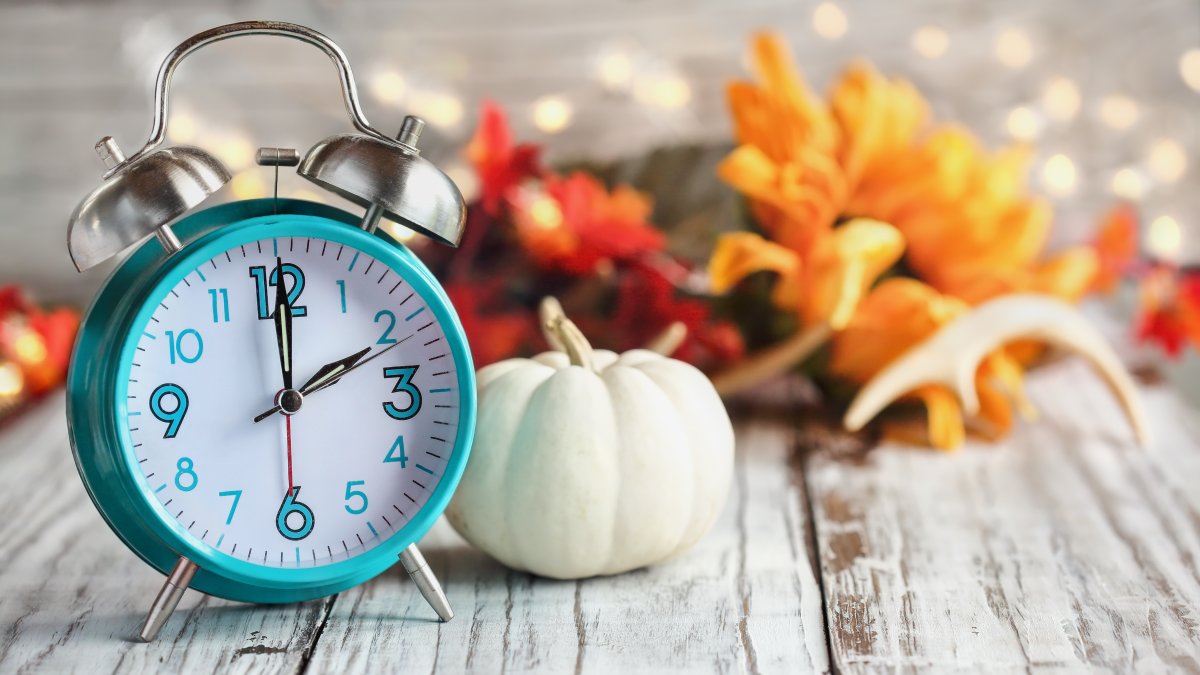With the start of fall just over a month away, many are wondering about the end of another milestone: daylight saving time.
The bi-annual switching of the clocks will once again return, marking the end of daylight saving time in Illinois, but not until much later in the season.
Here’s what to know about the fall season and fall back time change in the Chicago area:
When is daylight saving time?
Naturally, the big question with daylight saving time is when it will end, and as always, that date will occur in early November, with the federal government mandating that clocks roll back on the first Sunday of the month.
In 2024, that will fall on Nov. 3.
In the lead-up to that, sunsets will slowly inch earlier, with the sun eventually setting at 4:41 p.m. as DST wraps up.
What is daylight saving time?
It’s important to know the difference between the two times often debated: daylight saving time and standard time.
As it stands, Illinois shifts between the two. The “spring forward” is when the state enters daylight saving time, and the “fall back” marks a return to standard time.
According to the website Time and Date, standard time is the local time in a country or region when daylight saving time is not in use.
“More than 60% of the countries in the world use standard time all year,” the site says. “The remaining countries use DST during the summer months, generally setting clocks forward one hour from standard time.”
Daylight saving time is a changing of the clocks that typically begins in spring and ends in fall. Under the conditions of the Energy Policy Act of 2005, daylight saving time starts on the second Sunday in March and ends on the first Sunday in November. On those days, clocks either shift forward or backward one hour.
When is the first day of fall?
Known as the autumnal equinox, the September equinox or the fall equinox, fall officially begins at 7:44 a.m. CT on Sept. 22, 2024.
According to the Farmer’s Almanac, that’s when the astronomical event that marks the start of autumn will take place. In the Northern Hemisphere, the autumnal equinox occurs in September; in the Southern Hemisphere, it occurs in March.
What is the autumnal equinox?
As the Earth travels around the sun, it does so at an angle.
For most of the year, the Earth’s axis is tilted either toward or away from the sun. That means the sun’s warmth and light fall unequally on the northern and southern halves of the planet.
When the Northern Hemisphere is tilted toward the sun, that’s called the summer solstice. This marks the first day of summer in the North and the first day of winter in the South.
One hundred and eighty days later, when the Southern Hemisphere is tilted toward the sun, it is called the winter solstice. This marks the first day of winter in the North and the first day of summer in the South.
The halfway points between solstices are the autumnal and vernal equinoxes. The word equinox comes from two Latin words meaning equal and night. That’s because on the equinox, day and night last almost the same amount of time — though one may get a few extra minutes, depending on where you are on the planet. This provides approximately 12 hours of day, followed by 12 hours of night.
